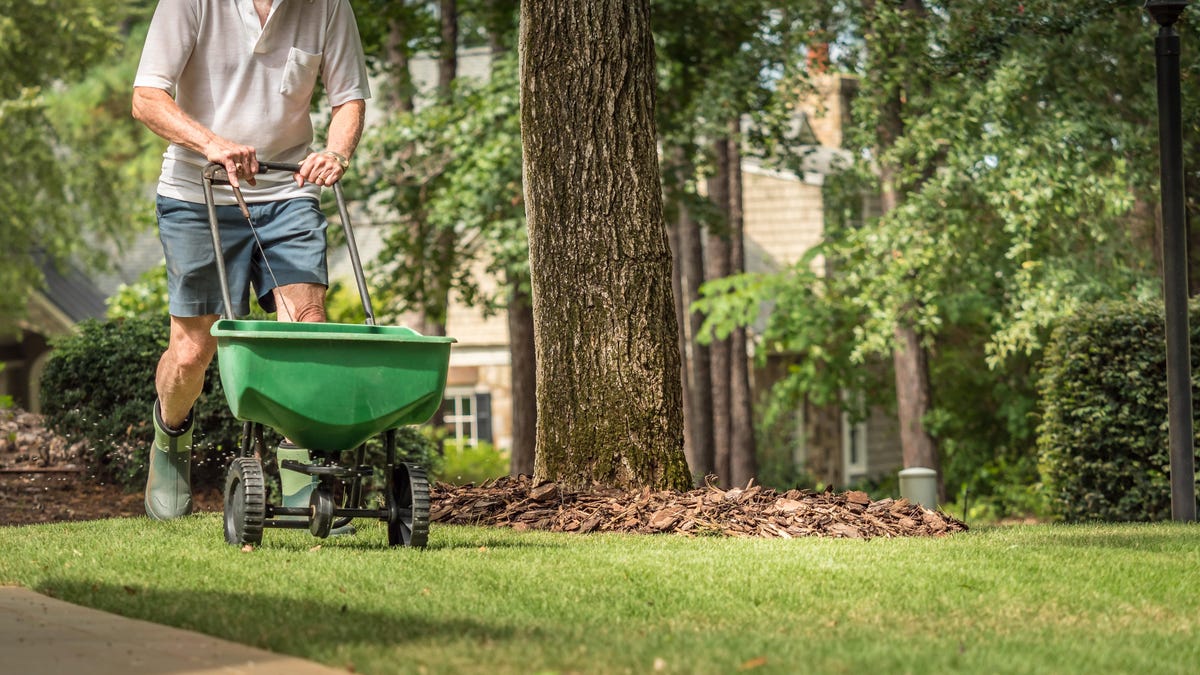Now Is the Best Time to Sow the Lawn

The garden season is coming to an end, but the time for planting and growing is not over yet. If you have a grassy lawn, one of the main outdoor tasks on your current to-do list should be seeding, whether that’s patching up bare spots or completely cultivating the yard.
Not only will this give you a nicer looking lawn in the spring, overseeding thin grass areas can also support your lawn’s root structure and help improve drainage .
The best time to sow a lawn
The best time to sow the lawn is from the end of August to the end of September. These four to six weeks usually bring cooler air temperatures and more humidity, allowing the seeds to germinate at the same time that the weeds begin to die back. The threat of heat and drought is reduced, but the soil is still relatively warm to support root growth.
In addition, the risk of ground freezing during or shortly after this period remains low, giving the grass time to establish itself before the winter weather. Some seeds begin to germinate in as little as one to two weeks, while others take up to six weeks, so don’t wait too long.
Seeding is more likely to be successful if done from late summer to early fall, and is also a good time to prepare your yard for the next season. By the end of summer, your lawn will likely thin out or develop dead spots, and overseeding now can improve both grass coverage and protection from future weeds. A series of sowings, starting in August – only four, once every two to three weeks – allows you to get rid of overgrown annual weeds , including crab grass, naturally and without spraying.
If you miss this window, you can also seed your lawn in early spring, especially if you live in a more temperate climate. While cool season grasses work well for spring planting, if you’re planting warm season grass, you’ll have to wait until the soil temperature reaches about 60 degrees Fahrenheit or the seeds won’t germinate. However, much more weed control is required at this stage.
How to seed a lawn
Planting a lawn is not as easy as throwing seeds on the ground and hoping they take root. We have a guide to transplanting grass – it basically comes down to determining what type of seed you need, cleaning and preparing the lawn, and keeping everything moist while you wait for the seedlings to grow. You also need to know when it’s better to use sod than seeds . In the latter case, you will definitely need a little more time and patience.